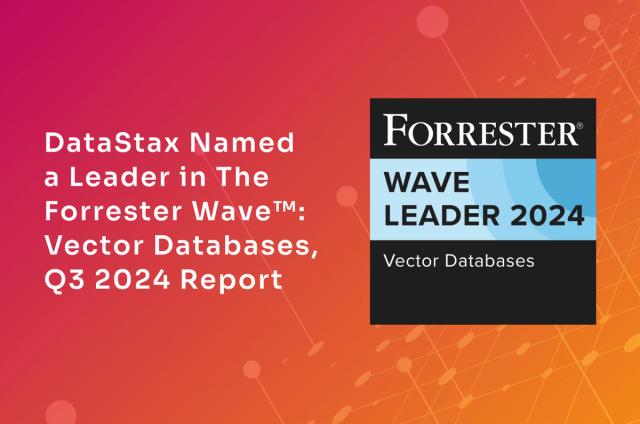Are We Hybrid Cloud? Why Most Enterprises Don’t Even Know

Hybrid cloud has become a common term that a surprising number of enterprises still aren’t quite sure how to nail down. And yet, according to RightScale, 96% of enterprises today use the cloud, with 71% actually identifying as hybrid cloud and 81% as multi-cloud in their data architecture.
Which begs the question:
What Exactly Does it Mean to be ‘Hybrid Cloud’?
There are various “official” definitions of hybrid cloud:
According to Gartner, hybrid cloud computing refers to policy-based and coordinated service provisioning, use and management across a mixture of internal and external cloud services.
According to AWS, hybrid cloud architecture is the integration of on-premises resources with cloud resources.
According to Microsoft, hybrid cloud simply means running your data across multiple physical locations.
And according to IBM, hybrid cloud is the use of a private cloud foundation combined with the strategic integration and use of public cloud services.
However you wish to define it, in reality, most enterprises fall into the category of “hybrid-by-accident”, or “hybrid cloud without realizing it”—i.e., they didn’t plan or design for hybrid, it just happened when the pressure of digital transformation or a merger/acquisition pushed IT into a hybrid cloud scenario.
We’ve come a long way since 2015. Today’s enterprises are fully leveraging the cloud or trying to find the best way to leverage the cloud with combinations of hybrid cloud, multi-cloud, private clouds, and hosted clouds. Technology has rapidly kept pace, often pulling ahead so quickly that adoption patterns have been radically changed. For example, serverless cloud technology seems to be bypassing the typical adoption pattern by jumping the chasm due to its utilitarian nature—being adopted much faster than would normally be expected, because it creates both immediate benefit for developers and is slated to be the “norm” of the future. Clearly, the path forward is unpredictable, but hybrid and multi-cloud strategies seem to offer the best way to prepare for it.
What is certain is that the cloud is the only way to facilitate the massive scalability organizations need to rapidly design and deploy apps and provide streamlined, digital services. It’s the only way to efficiently meet today’s customer expectations for real time, personalized, in-the-moment experiences. Hybrid and multi cloud bridge the gap between existing infrastructure, budget, and the ability to compete in today’s world.
Your Hybrid Cloud Applications Are Only As Effective As Your Data Layer
To handle today’s exploding growth and velocity and velocity of data in distributed, hybrid cloud environments, you need an Active Everywhere distributed cloud database like DataStax Enterprise, which is built for hybrid cloud.
A distributed cloud database enables you to leverage your hybrid multi-cloud architecture to:
- Choose the services you want from each IaaS vendor with ease and ability
- Design your architecture with the cloud services you choose
- Geographically distribute data to meet governance and compliance requirements
- Implement services on your on-prem database and leverage resources from multi-clouds
- Seamlessly leverage tools offered by different IaaS vendors or move across vendors to scale for incredible data volumes, without downtime
- Protect apps and customer experience from service disruptions with the ability to replicate to on prem or across clouds, or evacuate regions due to outage concerns
Additionally, hybrid cloud should provide you with data autonomy, which gives you the power to maintain control of your data, no matter where it resides. This keeps you business agile, compliant, makes data portable and sovereign, makes governance and security far easier, and offers a competitive advantage should a cloud provider become your competitor.
Active Everywhere Databases for Hybrid Cloud
As a final note, it should be mentioned that one of the main problems companies run into, when they shift to hybrid cloud, is data siloing. Applications get spread across public clouds and on-premises data centers and then end up not communicating with each other, which ultimately leads to a poor view of data overall, which leads to bad customer experiences and potentially much more dangerous things, such as poor fraud protection.
To make a shift to hybrid cloud easy and seamless, the best approach is an Active Everywhere database that uses a masterless architecture to remain always on and easily scalable. This Active Everywhere architecture creates a data fabric that weaves a holistic, integrative data layer between your public and private application deployments, result in your company being able to take full advantage of everything hybrid cloud has to offer.




